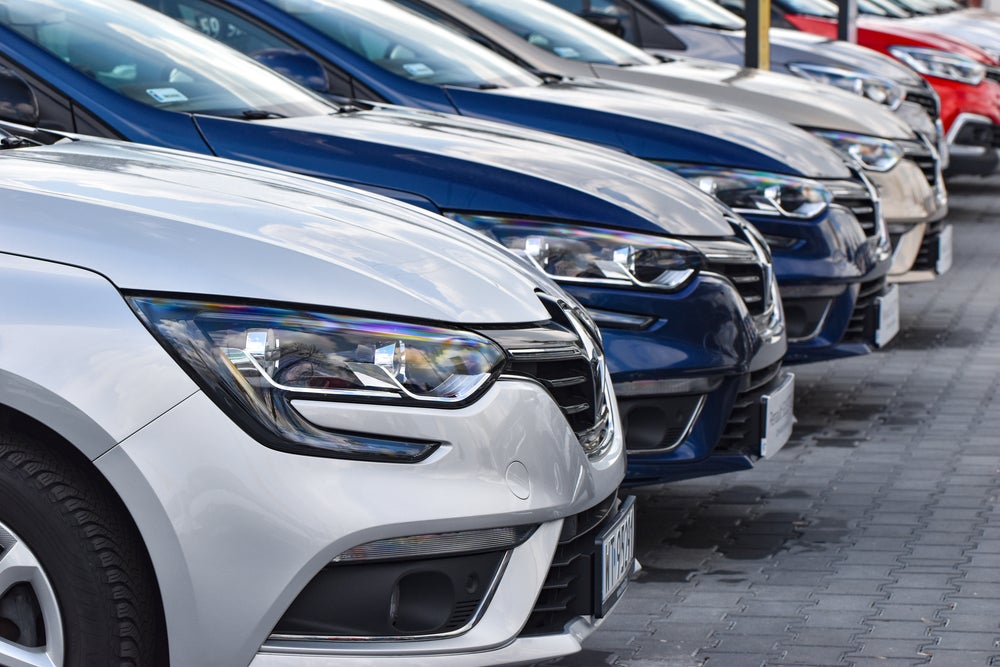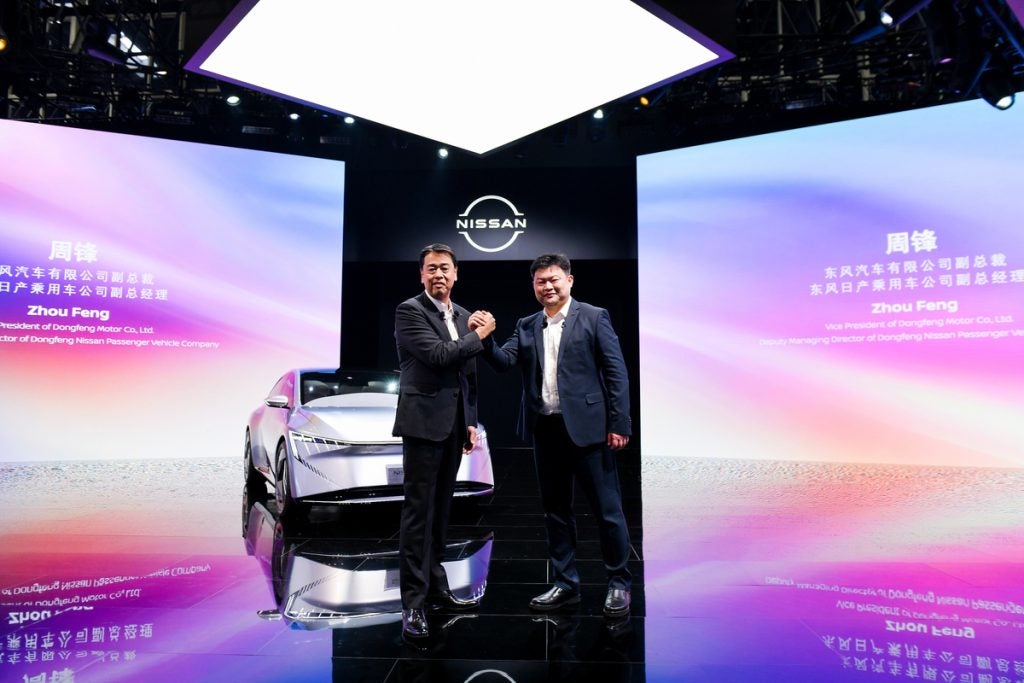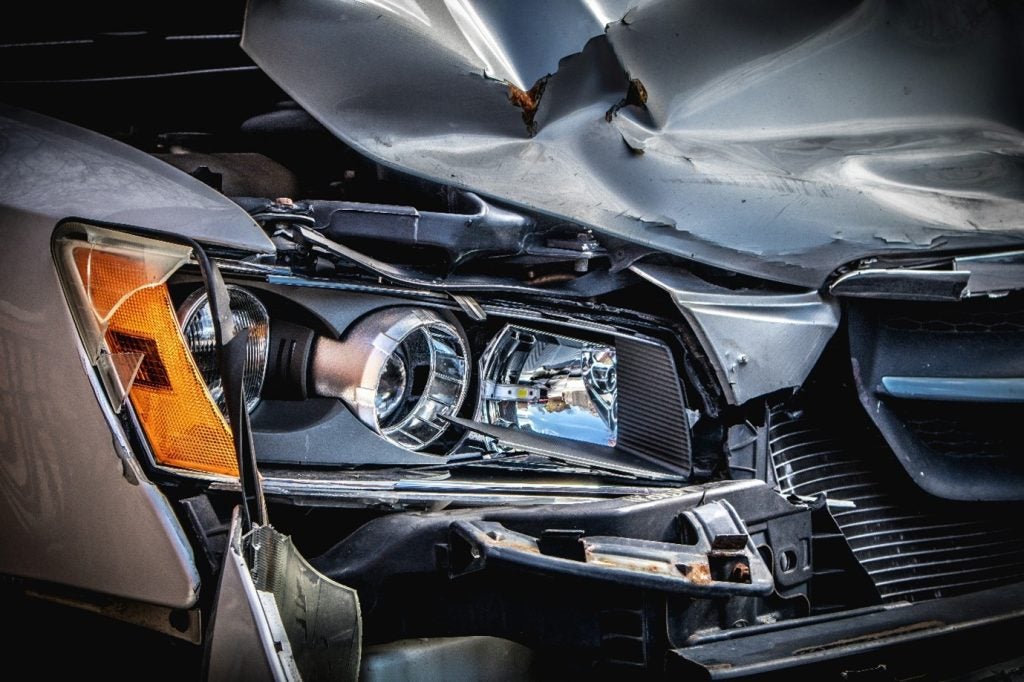Continuing just-auto’s series of interviews with tier one component suppliers, Matthew Beecham caught up with Swamy Kotagiri, Chief Technology Officer of Magna International at the 2015 IAA to learn more about tomorrow’s car seating, cameras and sensors.
Could you tell us about some of the technologies that Magna is highlighting this year here at the IAA and your message?
Magna is the only company that has such a broad portfolio in the automotive supply base. So one of the key messages that we want to project here is that we understand the automotive industry and how to make the products smarter, safer, cleaner and lighter. The main idea behind that objective is to meet the key trends in the industry. Different people see those trends in a different way, of course. For instance, the future mobility concept could be [seen from an] environmental or consumer buying habits perspective. If we take all of this and sum it up, it is basically about three major themes, namely: Active safety and autonomous driving; regulatory and legislative; comfort and convenience.
Some questions set out in a statement from Magna issued prior to this show caught our eye. “What if the car of the future could transform traffic into open roads, gestures into actions, emissions into oxygen, frustration into freedom, and blind-spots into plain sight?” Is this your vision of the connected car?
Yes, those are the requirements and needs from the consumer. If you are reducing emissions then you are making it greener for future generations. If you are adding autonomous driving features like lane adjust and automatic emergency braking and adaptive cruise control, traffic jam assist, etc then you are converting driver frustration into something that is comfortable and enjoyable. So the idea there is to relate the technologies that we are demonstrating here directly to the needs of the consumer.
What are megatrends in the automotive seating industry and how could that shape the look and feel of tomorrow’s seats?
How well do you really know your competitors?
Access the most comprehensive Company Profiles on the market, powered by GlobalData. Save hours of research. Gain competitive edge.

Thank you!
Your download email will arrive shortly
Not ready to buy yet? Download a free sample
We are confident about the unique quality of our Company Profiles. However, we want you to make the most beneficial decision for your business, so we offer a free sample that you can download by submitting the below form
By GlobalDataSeating has two forces influencing it. First, the regulatory and legislative requirements. So if you take the passive safety into account as it stands today based on the restraint systems [taking into account] where the H-point and seat needs to be and so on. Second, the autonomous driving and automatic features – such as comfort and convenience features – come into play in this respect which, in turn, directs how the seat needs to be designed. Imagine you are in an autonomous car driving down a highway; the seat has a different functional requirement than what we know it as today. As the shape and structure of vehicles change going forward – because of the autonomous driving features – then the ingress/egress comes into play. We also talk about seats that can be heated and cooled much faster than today. So these are all the comfort and convenience features that are driving the seat today. As we look ahead – even beyond the point of the autonomous car with these advanced features – it will change how the seat looks. A car will therefore become an extension of your living room. Since you have time that you are not completely focused on driving – so you want to read something, or recline your seat – then the functional attributes of the seat will change.
With more and more sensors under development, what is the significance of 79 GHz UWB sensors and how will 77 GHz MRR can make a difference to the ADAS car?
We see radar perspective as being short, medium and long range. If you look at sensors then one augments the other. So in most cases, you have visual sensors – which happen to be the camera – augmented with ultrasonics playing the role of short range detection and radars playing the role of medium and long range. So going from the 24 GHz to 77 GHz and then 79 GHz in the long range radar section is an evolution of the radar technology. The next step might be the digital radar or CMOS radar. Lidar or laser scanning as a sensing device is starting to take prominence but will take time. So I do not think that we are looking at sensors individually but rather the problem that we need to solve, which is: what different corner cases do we have to detect objects to provide the features? So if it is an AEB then you have certain requirements and specifications. If it is ACC then it has certain features. So if you boil down all of these facts into engineering specifications then you can then pick the sensors which can, together, perform the function. Going from the 24 to 77 to 79 GHz is a way to get the system as economical and reliable as possible.
It appears that radar is being deprioritised, cameras becoming more popular while lidar is proliferating. What is your view?
I don’t know whether we would regard radars as being reprioritised. It would depend on the system level approach, i.e. it depends on how much functionality the camera has. The optical sensors, however, have limitations given certain environmental conditions. So you need to augment those with something else, whether that is radar or something else. We believe that, because of the reliability and safety required, one type should be augmented with the other. If you look at an entire system, in some cases the radar has less capability whereas the cameras have more. I think that OEMs and consumers look at the total capability that a system provides.
Given the mandatory requirement in the US for rear facing cameras from next year, could there be an additional requirement or push for lens cleaning systems?
It may not be a requirement but it is a natural evolution of the product. We would like to differentiate the product although we would be looking at solutions that help the lens remain clear. There are certain coatings that can help here to prevent anything from sticking to the lens. So, in some cases a coating is the answer whereas in others there may be another way. We definitely see that coming.
Could you comment on how developments in aftertreatment are affecting the choice of engine management strategy?
I think that fundamentally the powertrain engine architecture is driven by the future combustion strategies. For example, it used to the Atkinson Miller cycle but nowadays it is more the ‘Millerisation’ cycle as the future of combustion strategy that will help run the engine in a more optimised zone. That will therefore mean that you can have the same performance with a downsized engine with downspeeding possible. I think that is driving more engine strategies than the aftertreatments. The hybrids will play a big role. I think that charging in general – whether that is multi-stage turbo or supercharging – those will drive the engine and powertrain architecture and different levels of hybridisation. I would say that those are the bigger drivers.
Could you also comment on the ways in which the megatrend for alternative fuelled vehicles is driving innovation in sensors?
The remainder of this interview is available on just-auto’s QUBE light vehicle safety systems market research service







